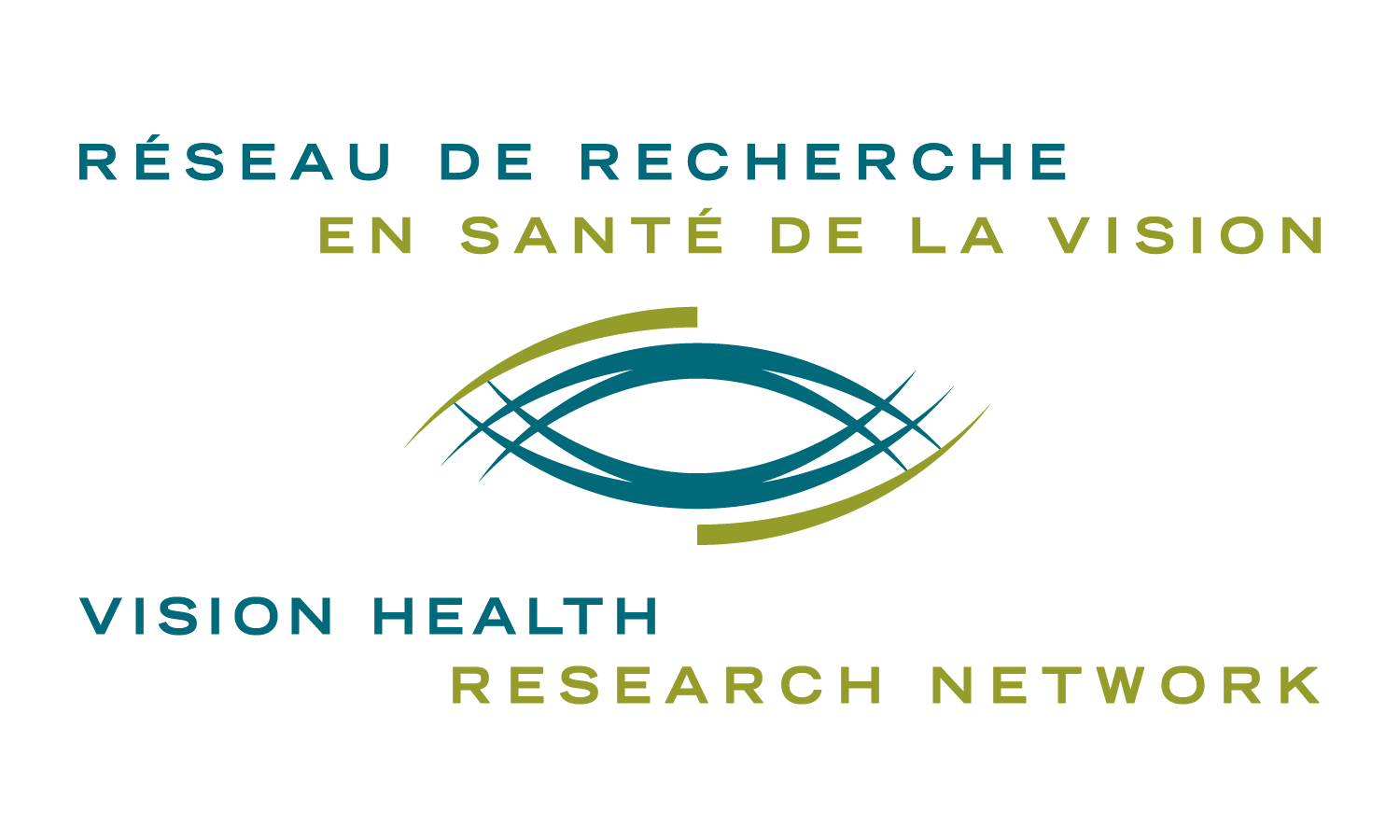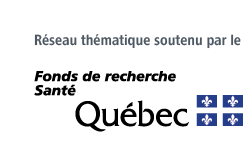Overbury O, Wittich W. Barriers to low vision rehabilitation: the Montreal barriers study. Invest Ophthalmol Vis Sci. 2011 Nov 21;52(12):8933-8.
Scientific impact: This article analyses demographic characteristics of more than 700 patients referred to, or using, low vision support services. In addition, it tackles long term assumptions concerning obstacles encountered by patients requiring support services, such as ophthalmologists often taking too much time referring patients. Optimization of low vision support requires identification of the barriers preventing easy access.
Network contribution: This study uses the data-bank for visual deficiency and rehabilitation supported by the VHRN since 2008, and is in partnership with the Nazareth and Louis-Braille institute and the MAB-Mackay Rehabilitation Centre.
* * *
Original abstract
Purpose: One objective of the Montreal Barriers Study was to examine demographic characteristics of people with vision impairment that may hinder their referral or decision to access rehabilitation services. Methods: Data collection was conducted in three phases, whereby during phase I, patients in ophthalmology department waiting rooms underwent a structured interview to ascertain demographic variables that may be related to their utilization of the rehabilitation process. Phase II examined variables recorded in the rehabilitation agency file of those who had made the choice to access services. Phase III examined the rehabilitation access behaviour of those participants who were referred as part of phase I. Results: In phase I, 54% of the 702 participants had been referred to and received rehabilitation services. An additional 13% were aware of these services but chose not to access them, whereas 33% were unaware of their existence. The variables associated with positive access choice were education, diagnosis, race, acuity at the time of interview, and living situation. In phase II, it was found that acuity at agency intake was markedly better than at the study interview. Of the participants who were referred to rehabilitation services as part of the phase I protocol, it was found in phase III that only 56% had engaged in rehabilitation services. Conclusions: It seems that even under ideal referral situations, there remain barriers to vision rehabilitation services that have not been specifically identified in the present study. Further research is necessary on the psychological and psychosocial contributors to this process.


